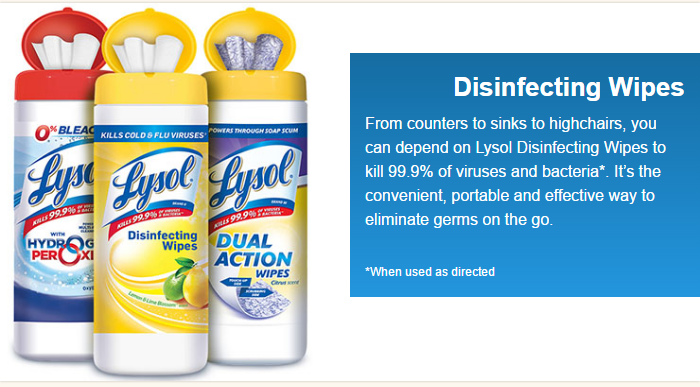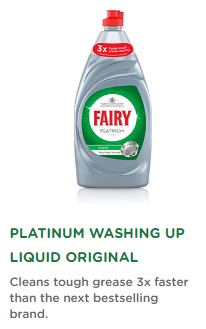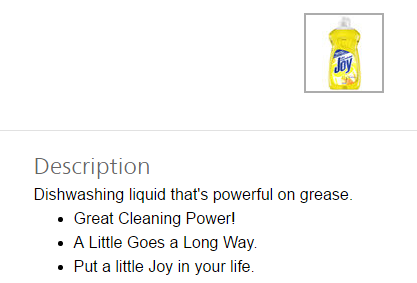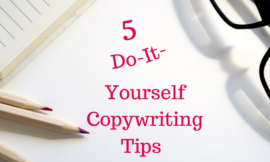In case you haven’t noticed, stores are no longer just places to buy things; stores have become showrooms. The reason, is of course the internet and our ability to find and get the best bargains for what we’re looking for. But it’s not just about price. It’s about our personal taste.
When we walk into a store, many times we know what we want. We’ve looked it up on the web. We’ve thought about it, perhaps dreamed about it. When we walk into a store, it’s often the final frontier before reaching for our wallet – which doesn’t necessarily need to happen in the store, but it’s where the decision to buy (or not to buy) is made.
And here’s why the copy of your product description is more important than ever before. Because today’s consumers are more informed than ever before. And if you expect your product to have half a chance, you better make sure that your product descriptions entice your prospective buyer. In other words your product descriptions must tell a story that moves something within the buyer that makes them say, “I want that. I must have it.”
Here are 3 pro tips to help you write product descriptions that sell:
1. Appeal to your buyer’s emotions
If you want your buyers to connect emotionally with your products, you must be able to identify your target audience and understand their biological programming. Thanks to Drew Eric Whitman, this is simpler than it sounds. In his book Cashvertising, Drew outlines the eight most powerful desires that “are responsible for more sales than all other human combined.” They are:
i. Survival, life enjoyment, life prolongation
ii. Delighting in food and beverages
iii. Freedom from fear, pain and danger
iv. Sexual Companionship
v. Comfortable surroundings
vi. Superiority, winning, the ability to keep up with the competition
vii. Caring and protecting loved ones
viii. Social approval

2. Be Specific
“The weight of an argument may often be multiplied by making it specific.” – Claude Hopkins, Scientific Advertising
You can say anything that you believe about your product. Nobody can stop you. But the question is, how do you make prospective buyers believe that what you’re saying is actually true? Moreover, how can you make your product sound different and more convincing than the competition?
If you have facts and figures you can draw upon to help you be specific, you’ll have a tremendous advantage over your competition.
Who do you think makes the more convincing argument?


3. Talk benefits, not features
I see this mistake time and time again. Companies are so excited about their products, they mistake features for benefits. These companies get into the details about their products: what it’s made of, how big or small it is, its weight, and other specifications, while forgetting that what their prospective buyers want to know is how effective and efficient the product is at doing the job – whatever that job may be.
I found this lipstick on Sephora’s website. They do a great job of clearly defining features and benefits; features are the “what it is”, benefits are the “what it does.”

Confusing features for benefits confuses your prospective buyer. Feature are not interesting, benefits are. And if your buyer can’t figure out why they need your product, they’ll move on to find someone who took the time to tell them why they must have their product.

